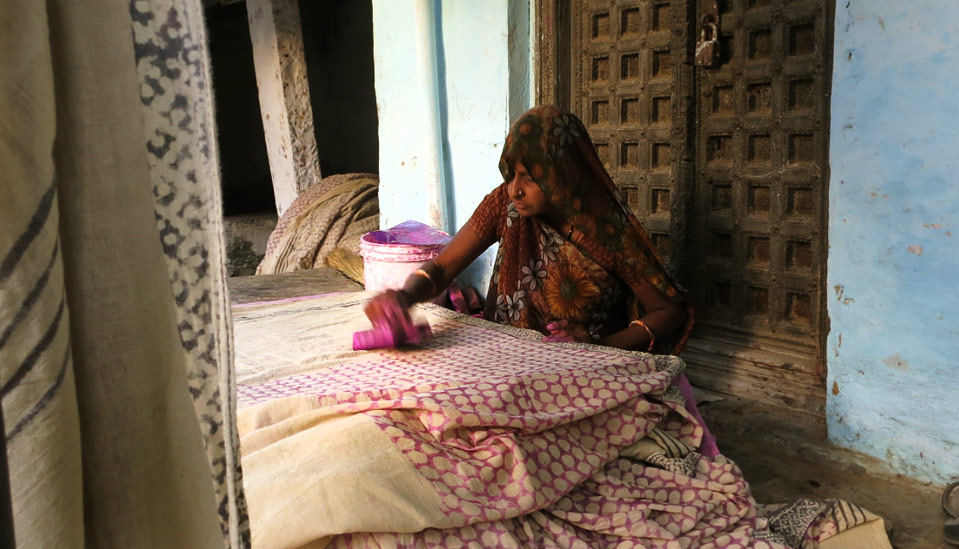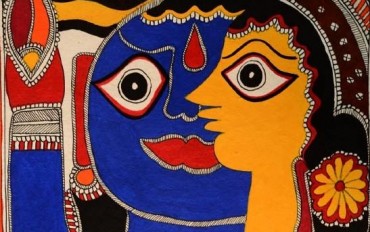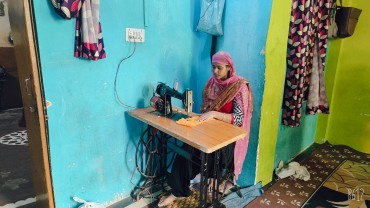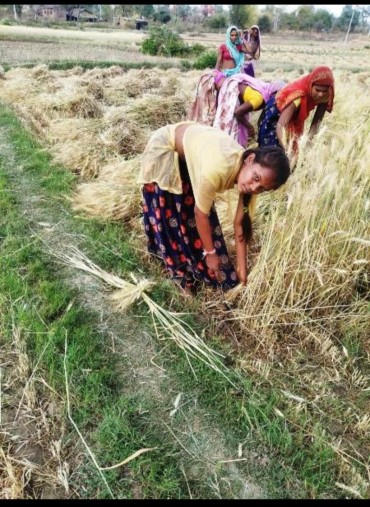An organization that aims to connect the globe with Indian craftsmen- ‘Gaatha’, has been working for social and commercial benefits which our artisans owe. It helps creating a dialogue between the traditional art and the modern men who is (might be) lost somewhere in this contemporary world. We are aware of the ‘U’ turn that India’s economy took a few years back and later its consequences. Globalization and Modernization, two of the most fashionable terms used today have brought changes in our very own indigenous art. Gaatha engages itself into telling traditional tales, bringing out authentic handmade products and sourcing them locally.
India – The Art Center
India, with its rich heritage, holds less than 2% of the annual $400 Billion worth world handicraft market. Totaling to a varying estimate of about 55 million full time and 200 million part time artisans, engaging in the second largest occupation in the country, we cannot afford to lose such art and that there is a need for gradual changes.

The difference does not come from conference halls; it arises in an individual’s mind. Gaatha is one such idea that spreads awareness through storytelling. They go searching for the artisans most far removed from the mainstream conversation, meet them, understand their work and only then impanel them.

Their engagement is much beyond mere commercial exchange and works towards civic development of the artisans living environment. Somehow, their customers sense this relation they have with artisans and support it. This, they believe is their greatest strength and differentiator.
Gaatha & Core Team
To trace the history of the idea of such a project – Passion for handicrafts was seeded to them while doing an academic research under Prof. M. P. Ranjan and Aditi Ranjan at the National Institute of Design (NID). The core team of Gaatha learnt how many beautiful traditional Indian crafts are fighting for survival today. The truth is that when a craft dies, we not only lose the time tested techniques but also the generations of faith and wisdom that went into making that object.
Gaatha was originally created for researching and documenting Indian craft clusters and heritage which are experiencing rapid erosion. However, the observation was that the artisans were researched, but there was a need to restore them and their work with ‘pride and commercial opportunity’ in their ecosystem. Today, Gaatha aims to bring the lost respect and wealth back to these heirloom artisanal clusters. At Gaatha, they are marrying craft research with the clever understanding of technology, to build rich and immersive online experience. Amidst growing online retail, it intends to educate the customer about the immense value behind hand crafted products through the stories of their origin, evolution and making. These products are eco-friendly and teach us a balanced way of life.
The team of nine people, among which three are the founding members have shown their strong commitment towards their work and to the field of art. Since last three years, they have only been traveling and doing research and documentation of various crafts across the country. The e- commerce portal is a year old now.
Now that Gaatha has become commercial, they make sure that the artisans get every bit of what they deserve. They are working on different models based on how friendly the artisan is with the current systems and technology. They are also trained for the same. Since the sector is organic and they buy the raw material themselves, the margins depend upon many factors like accessibility and how much support does the Gaatha team provides to the artisans. They do not believe in bargaining with the artisans in fact, the huge list of middle men are cut down regularly so that the profit directly goes to the makers. Their target audience is the one who can appreciate and understand the value of handmade products and just not go by it’s price.
A very intricate change has been found in the artisans over the period of time. The young generation is not ready to take up their traditional and ethnic art due to the lack of livelihood opportunities. This has reduced these skilled artisans to urban slum- dwelling day laborers. We are losing out on the much higher value generating capacities.
It is appreciable that Gaatha, does not entertain any of the commercial needs which helps the original art be natural forever. They focus on the quality and aesthetic part of the art. Their efforts to revive and restore some of the vulnerable art forms, is commendable. Rogan Art is also in their list in coming future.
Hope the good work continues and our tribesmen, as well as artisans, get respected for their indigenous art forms through which they are identified.

























































Comments